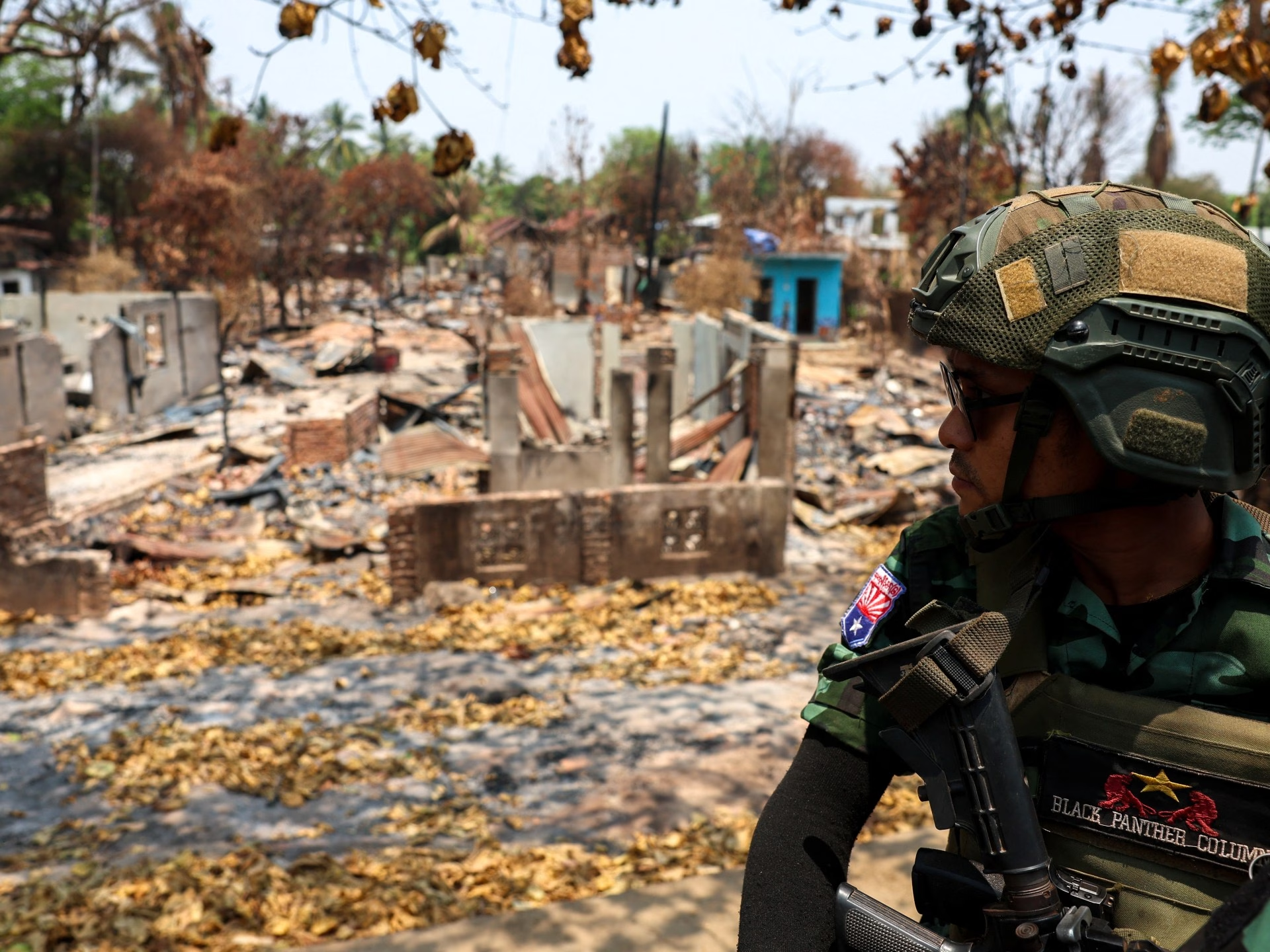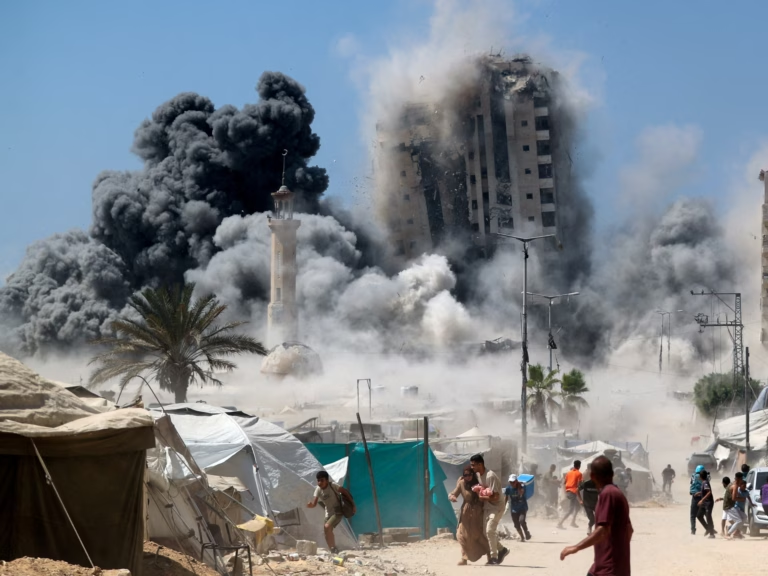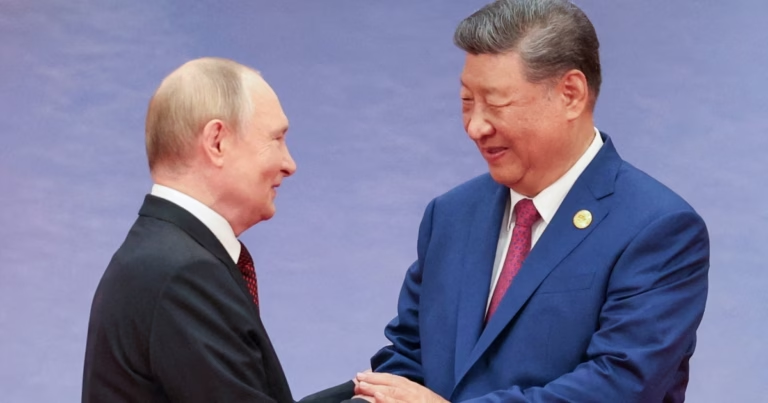Bangkok, Thailand – As Myanmar slowly reels from the devastating magnitude 7.7 earthquake that claimed thousands of lives in March, the nation’s future is being further beleaguered by a man-made catastrophe; a civil war that has gripped Myanmar for four years, leaving the military regime increasingly cornered.
Despite the seismic destruction in Myanmar’s central Sagaing Region, which claimed at least 3,649 lives, injured over 5,000, and left 145 missing according to military government tallies, the ongoing civil strife could hold the key to the future of the conflict within Myanmar. The earthquake not only flattened homes, factories, and Buddhist pagodas but also hampered production of munitions critical to the military’s efforts, suggesting a pull back in their capabilities.
The military, though retaining control of major cities, has resorted to intense and controversial tactics to reclaim lost ground: indiscriminate airstrikes and the torching of villages. These actions have drawn suspicions of war crimes from the United Nations. Yet, while the military presides over urban bastions, a patchwork of resistance militias, loosely coordinated by the opposition National Unity Government (NUG), controls much of the surrounding countryside.
The localized truce declared by the NUG post-quake did not halt the military’s operations, as alleged by the NUG, claiming civilian fatalities at the hands of continued military aggression. The NUG and associated militias like the People’s Defence Force (PDF) have seized the moment to render aid and have been arming themselves concurrently, anticipating a resurgence in conflict post-truce.
Regional security analyst Anthony Davis casts doubt on the earthquake’s ability to sway the military’s strategic focus, noting that their troops remain primarily within garrisons instead of participating in relief efforts. The conflict’s epicenter currently lies in western Rakhine State, with the rebel Arakan Army (AA) at the forefront clashing with military forces over strategic territories and resources.
Closing in on key military strongholds, the AA is bolstered by their proven successes against government forces and expansion into the country’s central regions.
The earthquake, while ripping at the social fabric of Myanmar, has also underscored the plight of displaced populations that “bear the brunt of the ongoing wars,” with political analysts indicating that the willingness and ability of groups to provide care amidst conflict could sway public opinion.
In terms of the regime’s psyche, the earthquake is seen as a “divine intervention” by many who believe it to be a cosmic punishment for the military leadership’s missteps. The quake has induced superstitious fears, with the military order mandating daily protective Buddhist chants, yet it is unlikely to fundamentally change Myanmar’s power dynamics.
Critical assessments, such as those from former major Tin Lin Aung and Richard Horsey from the International Crisis Group, suggest that while the earthquake may accelerate the unravelling of the military’s authority, it stands unlikely to precipitate a peaceful resolution of the drawn-out civil conflict. The exasperated plight of the citizenry, coupled with the worsening image of an unresponsive and wrathful military, only serves to harden attitudes against any potential negotiations for peace.
The future of Myanmar’s stability remains precariously balanced between military resilience and opposition gains, with any seismic shifts in the conflict’s trajectory remaining as unpredictable as the natural disaster that has shaken the military’s grasp on the nation.
Source: https://www.aljazeera.com/news/2025/4/19/could-an-earthquake-shift-the-balance-in-myanmars-civil-war?traffic_source=rss







